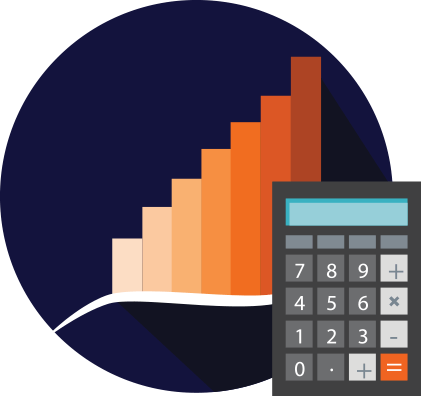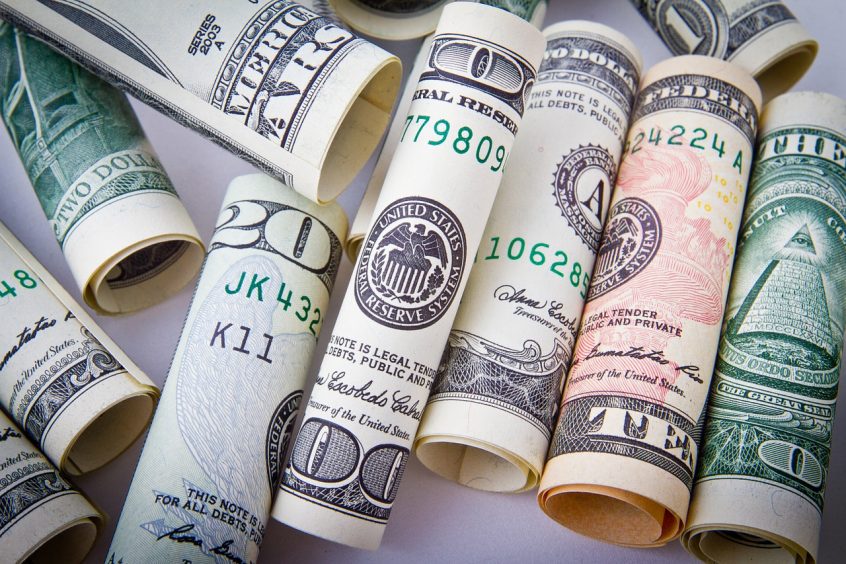When deciding what to invest in, there are a number of things to consider. You want to make sure the asset you choose fits into your portfolio, and that it matches your risk tolerance. Additionally, you want it to help you meet various goals. One way to invest in stocks that can help you build your portfolio and receive regular income is to consider dividends.
What are Dividends?
Dividends are paid when a company decides to share some of its profits with shareholders. Basically, it’s when you receive a payout based on the number of shares you hold.
For example, if a company decides that it will pay a dividend of $0.25 per share, and you have 200 shares, you’ll receive a payout of $50.
Dividends can be paid out irregularly, such as when a company decides to offer a dividend, even though it doesn’t usually pay one. This is a one-time dividend payment.
Other stocks might come with regular dividends. There are companies that offer quarterly dividends and even monthly dividends. When you invest in a company like this, you can receive regular payouts based on the shares you own.
How to Use Dividends in Your Portfolio
There are different ways to use dividends in your investing plan and portfolio. The two main approaches are to grow your portfolio and to supplement your income.
Using dividends to grow your portfolio
First of all, dividends can be a great way to speed up your portfolio growth. When using dividends this way, you actually reinvest what you receive.
For example, let’s say you invest in an exchange-traded fund (ETF) that pays out $0.15 cents per share every quarter. You have 500 shares. The next time a dividend is paid, you receive $75. Now, you have that $75 and instead of spending it, you reinvest it in the ETF.
If the price of the ETF is $50, you can buy 1.5 shares of the stock. Now, when the next quarter comes along, you have 501.5 shares. Now you’re getting $75.23 for your dividend. It doesn’t seem like a lot, but consider that you keep using that to reinvest over the course of years.
On top of that, if you have a regular dollar-cost averaging strategy, you can continue to buy more shares of the ETF as you go along, leading to bigger dividend payouts that receive an extra boost from the reinvested dividends.
When you’re in the growth phase of your portfolio, this is an effective way to help accelerate your portfolio growth.
Using dividends as income
For those who have already grown their portfolios, using dividends for income can be part of the plan.
Let’s say you’ve built up your portfolio over time so that you have $800,000. You decide to make sure that $500,000 of that portfolio is in dividend-paying funds and individual stocks. For a simple calculation, let’s say that this represents about 7,000 shares of dividend-paying investments.
You decide to choose assets that pay dividends each month, rather than each quarter. On average, you get $0.20 per share. So, each month, your combined dividend income is $1,400. You don’t have to liquidate any of your shares to get that money. It’s a regular payout for you.
Now, when deciding where to get other sources of income, you can adjust what you need. If you’re in retirement and receive $1,400 from dividends and $2,300 from Social Security, that’s $3,700 per month. To make up the difference, so that you have have $5,000 per month, you might only need to withdraw a smaller amount from a retirement account — $1,300 per month.
With the help of dividends, you can stretch your assets further.
How to Start Dividend Investing
If you like the idea of dividend investing, it’s fairly easy to get started. Depending on your situation, it might make sense to start by looking for a mutual fund or index ETF that includes dividend investments. That way, you don’t have to try to pick individual stocks.
You can choose individual stocks, however, and do well. Some investors like the idea of starting with dividend aristocrats. These are stocks that have increased their payout each year for at least 25 consecutive years. While this is no guarantee that the company will keep increasing the dividend — or that the dividend won’t be cut — a dividend aristocrat can be a pretty good bet.
Decide how much you can set aside each month, and make an automatic contribution to an account. Your automatic investing plan can also be set up to reinvest your dividends without you taking an extra step. This is the easiest way to get started with dividend investing even if you don’t have a lot of money.
Once you have a plan, you can increase what you invest as you’re ready, making a difference in how much you have over time.

